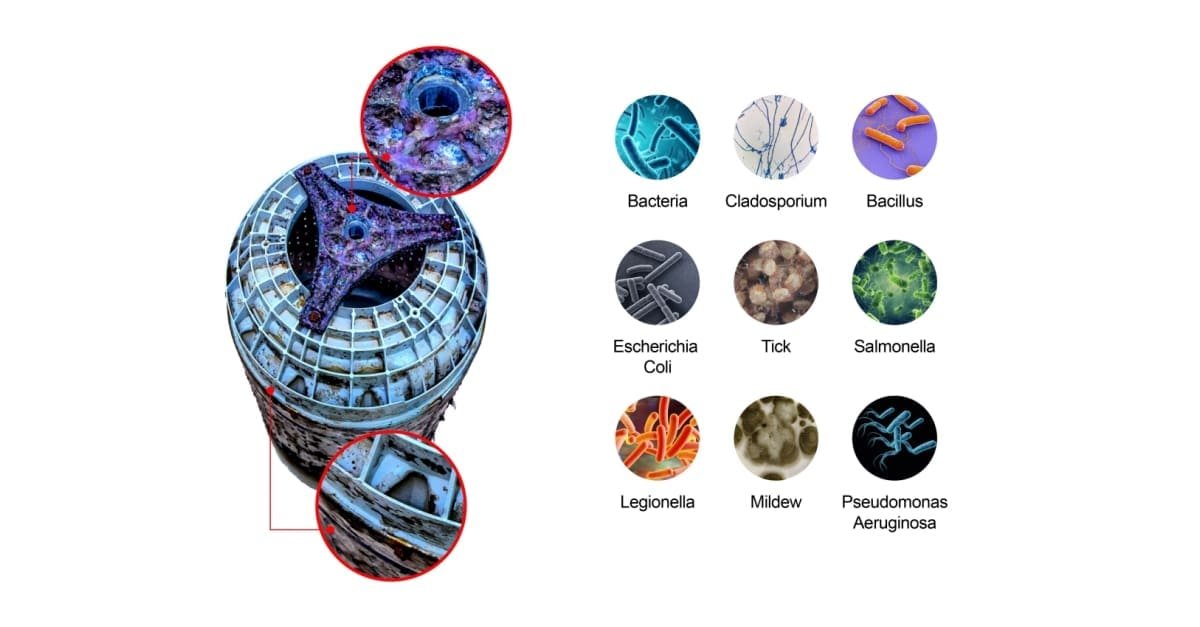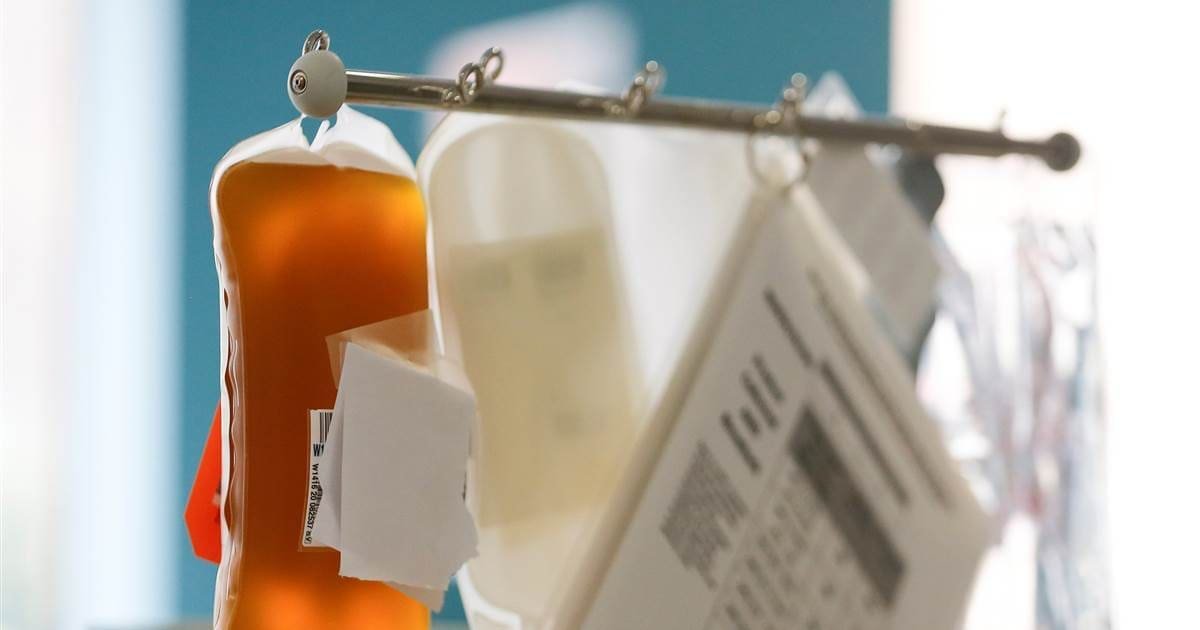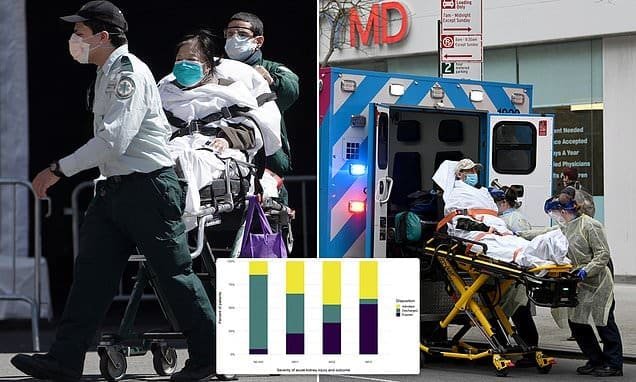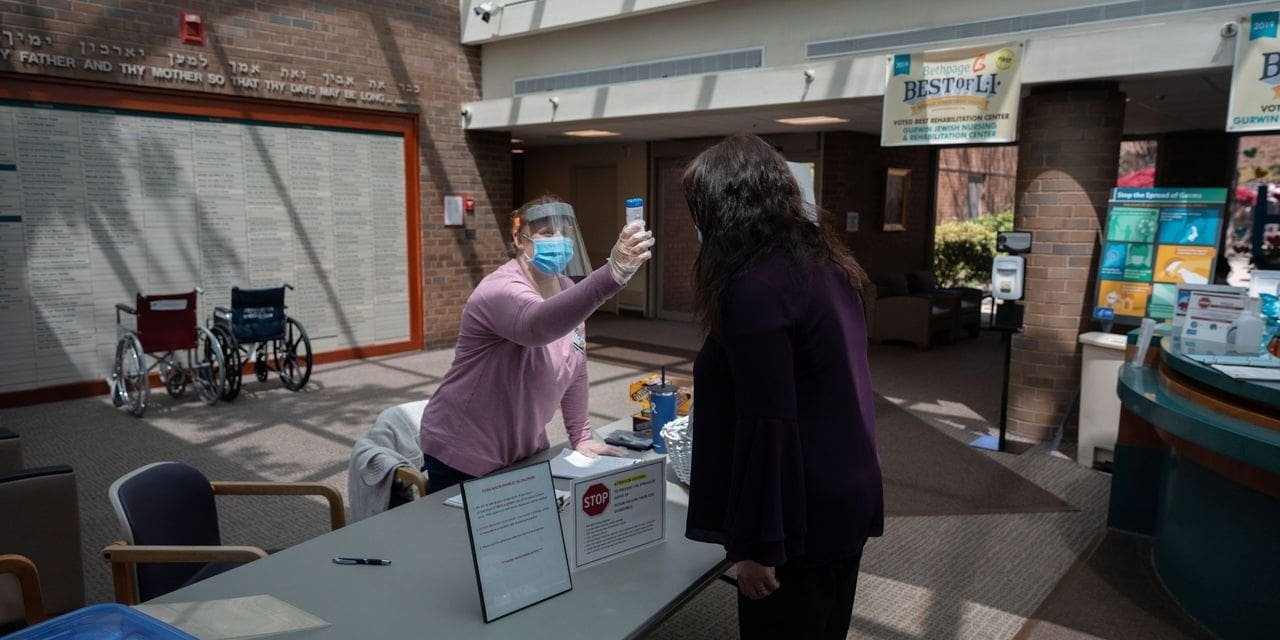Analog contact tracing for COVID-19 cases is preferred approach in Simcoe
A laborious case and contact management approach remains the key to flattening the COVID-19 curve despite any advancement in technology, says Simcoe-Muskoka medical officer of health Dr. Charles Gardner.
“It requires a lot of work for a lot of people to be able to do that well,” he said, adding the team kicks into gear within 24 hours of receiving confirmation of a positive test by making contact with the infected person.
Public health agencies have been following individual cases of COVID-19 through testing, tracing and isolating those who test positive, an approach that has long been used to track those infected by a disease, including sexually transmitted diseases, SARS and tuberculosis.
And while some jurisdictions have turned to technology for help, with some provinces launching or looking into the use of phone apps, the manual process still forms the basis of tracking and controlling diseases.
In Simcoe County, after being notified of a case of COVID-19, the health unit’s infectious disease team does a case investigation and contact tracing to try and determine where the person contacted it, when and from whom.
“This information is critical and necessary so that the team can then identify and follow up with known contacts of these new cases who may have potentially been exposed to the virus,” said Gardner. “The focus of the team is to ensure that we reach out and determine who should be directed to self-isolate.
“We also investigate the patients’ contacts in the community and provide appropriate follow-up with people who may have been in contact with them,” he added. “Follow-up also includes routine calls to cases and those in self-isolation to do a health check in, make sure they are adhering to requirements and to answer any questions or concerns they may have.”
Contact tracing is intended to limit the spread of the virus and there is expectation that it could be instrumental in preventing a second wave of COVID-19. But it is a laborious effort, requiring a great deal of manpower.
The Simcoe Muskoka District Health Unit began redeploying staff to its COVID-19 response in February. Now, more than 100 people are working on the infectious diseases team, which the health unit describes as unprecedented. It includes public health nurses, public health inspectors, administration staff, and data management assistants, all from other programs. The program operates seven days a week, in two shifts. As a result many of the health unit’s other services have been cancelled, reduced or limited.
In April, the Simcoe Muskoka District Health Unit was accepting applications from for its infectious disease case and contact management team. The idea, Dr. Gardner explained at the time, was to have extra resources trained and on hand in the event of a surge.
The health unit, he said, uses only professionals, and not volunteers, for this work.
Last month, the federal government issued a sweeping call for volunteers for its National COVID-19 Volunteer Recruitment Campaign “for governments to use as needed,” although it’s unclear how these volunteers will be used.
There is no question that some of the burden of contact tracing can be eased through digital technology, but that approach comes with many concerns.
Alberta’s government, for instance, recently released its ABTraceTogether mobile app to automate the process. It was developed using Singapore’s TraceTogether app as a model and uses Bluetooth to communicate with other phones in the vicinity. An infected person with the app is asked to upload encrypted data from the app allowing the province’s contact tracers to quickly reach other app users who have had close contact with the infected person, according to information circulated by the province.
Taiwan employed an aggressive contract tracing regime to prevent the spread early on by using phone-location tracking, which was mandatory, to enforce quarantines and imposed fines of up to $33,000 (US). Those without phones were given a government-issued one they would have to carry for the quarantine period.
Alberta’s ABTraceTogether requires voluntary participation, so its use is limited unless it is universally embraced. Other provinces are considering or developing their own app.
Last week, Ontario Premier Doug Ford publicly urged the federal government to develop a national strategy on contact tracing.
The question is what level of technology is considered acceptable in Canada while balancing the individual’s reasonable expectation of privacy?
Canada’s privacy commissioners last week warned that some technological solutions are heading into uncharted territory and they issued joint guidelines to ensure privacy is protected. They contain nine principles, including that the apps be used voluntarily, that public health officials receive consent for all specific intended purposes and that any personal information should be removed or ‘de-identitied’ where possible and only be used for that public health purpose and not shared with other services.
The private sector is also involved in developing contact tracing apps for cellphones.
Ontario privacy guru Ann Cavoukian points to an unprecedented collaboration between Google and Apple as a shining example of effective use of technology which has built-in privacy protections.
The two tech giants created what they’re calling an Exposure Notification Service, a “privacy-protecting” vehicle for implementing exposure notification using Bluetooth “for proximity detection of nearby smartphones, and for the data exchange mechanism.” It’s a framework allowing for people to be notified if they’ve been in contact with an infected person.
“No personal identifiers are collected at all, no geolocation data collected at all,” said Cavoukian, Ontario’s former privacy commissioner who is executive director of Ryerson University’s Global Privacy & Security by Design Centre. “It is unbelievable and as private and secure as you could possibly come.”
Those protections also means there’s no sharing of information, even to public health organizations who play the critical role in disease prevention and control.







Recent Comments